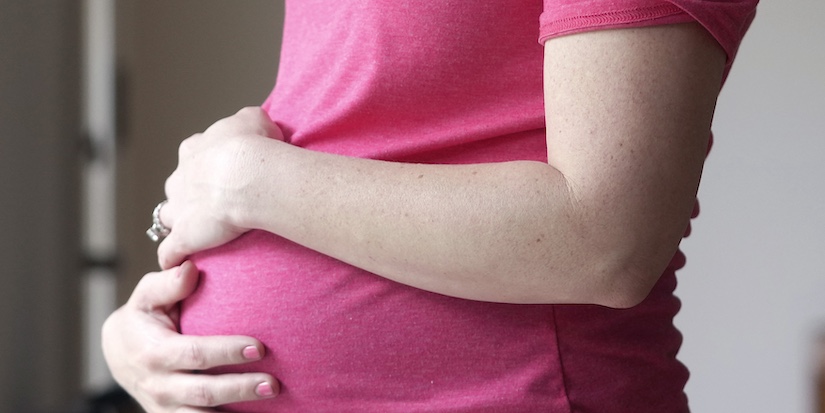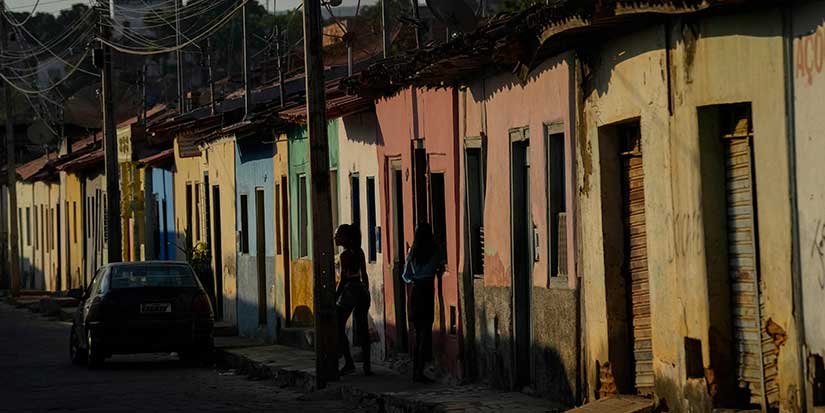Latest News
Indoor garden sprouts new opportunities for MacNeill students

By Hannah Scott, Local Journalism Initiative reporter
Published 4:00 PST, Mon February 10, 2020
Last Updated: 2:13 PDT, Wed May 12, 2021
—
MacNeill secondary students have a new way to grow vegetables and herbs—thanks to funding from their school’s Parent Advisory Council (PAC) and the dedication of science teacher Neill McCallum.
Previously, explains McCallum, the school sprouted seeds in a small indoor garden, then later transplanted to an outdoor plot. Now, they have an aeroponic garden tower.
Aeroponic systems hold plants in small pods so their top halves can be exposed to light. Inside the tower, nutrients are misted onto the plants’ exposed roots, mimicking conditions found underground.
“Our green team wanted to expand and grow full-sized plants year round, as our outdoor gardens are not worked on much over the winter months—and this is a substantial portion of the school year,” says McCallum.
Together with foods studies teacher Lauren Valiquette, McCallum—who is also the school district’s teacher sustainability consultant—supported the idea of an aeroponic tower at MacNeill. After seeing these towers used successfully in other schools, and testing one last year, they wanted one of their own.
While the majority of the funding was provided by the PAC, green team students also chipped in.
“Students, parents and teachers are all responding very well to the tower,” says McCallum. “It really grabs your attention, and gets everyone thinking about sustainable food resources and innovation.”
McCallum explains the tower primarily grows leafy greens, which are typically challenging to cultivate in the winter. These include lettuce, rainbow chard, kale and basil.
For students, growing produce in the aeroponic system provides a hands-on learning opportunity, McCallum says.
Students work on every aspect of the project—from tower assembly, planting, and harvest to cleaning the tower between growing cycles. Foods students use the produce for their cooking classes, as well.
“Students get to see the different stages of plant growth over time, as they mature from seeds to plants and later something delicious on a plate,” he explains.
“It is a great addition to the school because it does not just make gardening more efficient, it teaches others about the process of gardening,” says a green team student. “By having a tower, (we) can get involved, so (we) can get a better understanding of how to live a sustainable lifestyle too.”
Aside from its ability to generate what McCallum calls “cross-curricular content” between the science and foods departments, he also appreciates the tower’s potential for student growth.
“It helps keep the kids interested in gardening during the winter so that we can focus our efforts on the traditional outdoor garden beds during the warmer seasons. The freedom of growing something at any point during the school year is tremendous,” he says.
For more on the type of tower installed at MacNeill, visit the company’s website.




































